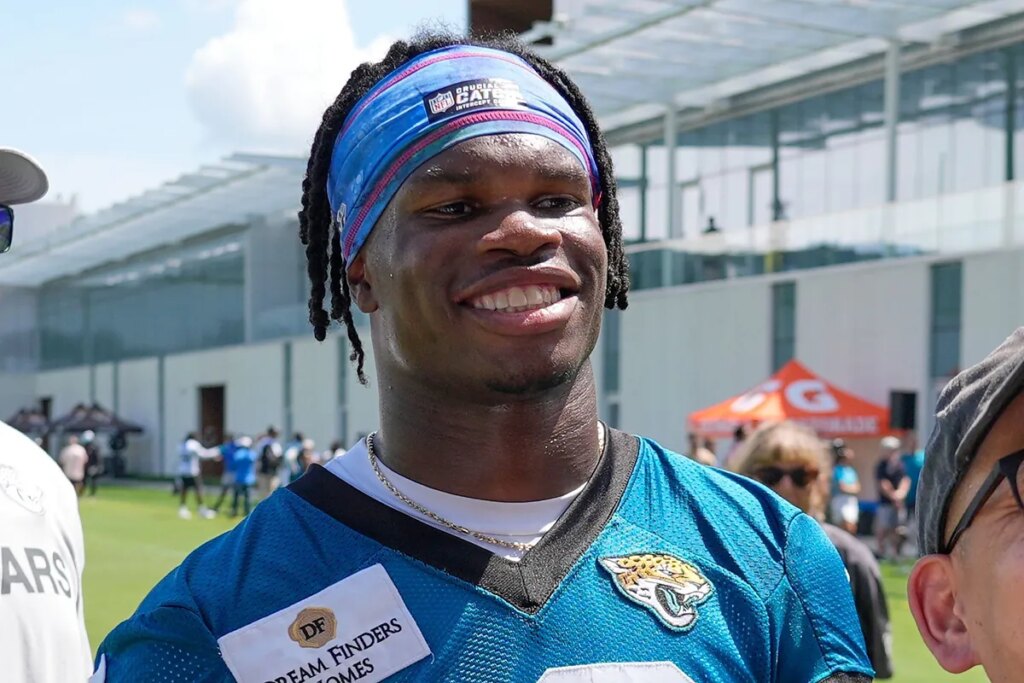When Madden NFL 26 launches, it brings a groundbreaking innovation: an exclusive rule tailored just for rookie Travis Hunter. EA’s Tiburon studio has never before introduced a new player ability based on a first-year player, but Hunter’s extraordinary talent on both offense and defense posed a challenge the developers couldn’t ignore.
EA created the Iron Man ability so Hunter can legitimately play both wide receiver and cornerback without being overly penalized by stamina depletion or the game’s “Wear and Tear” injury system.
Madden 26 borrows this Wear and Tear mechanic from College Football, and previously, two-way players would tire rapidly and become more prone to injuries, errors, or fumbles.
This new ability rewrites that script-Hunter‘s stamina drains more slowly, he resists injury better, and he avoids performance degradation that normally impacts players who pull double duty.
Depth-chart overhauled midway through the game
Previously, in Madden, players could not occupy starting spots on both sides of the ball. Even practiced workarounds-like special formations allowing players such as slot receivers to fill in at cornerback-were limited.
But with Hunter coming in as a bona fide dual-threat, EA gave Madden 26‘s depth chart new flexibility.
Now, franchises can officially assign players like Hunter as two-way starters. While not all players will excel at it, this change provides fans with the proper mechanism to simulate a true two-way star.
How Madden 26 treats its latest NFL phenomenon
EA Sports’ decision comes after Travis Hunter electrified the college scene, winning the Heisman Trophy at Colorado while dominating as both a receiver and defender.
In the offseason, the Jacksonville Jaguars drafted him second overall and publicly signalled plans to deploy him on both offense and defense, fueling speculation and excitement.
In a viral game trailer, Hunter catches a touchdown and performs a full-twist backflip, signalling his explosive, highlight-reel status. Off the field, EA has likewise trusted his talent: in College Football 25 he was the only player rated 99 overall on both sides of the ball.
Even Hunter has kept a modest view of his Madden ratings. When asked, he replied: “I don’t know what my ratings going to be. I mean I don’t care. I’m going to get on there and I’m going to just play as myself. So it really don’t matter if I’m a 50 or a 99.”
A new standard in franchise modes
Hunter‘s arrival has already changed the game’s structure. EA has modernized roster management with features like Dynamic Substitutions, enabling seamless situational swaps, and introduced new depth-chart roles, including Gadget and specialized positions.
The Iron Man ability is meticulously balanced so only players with the right talents-like Hunter, can thrive in two-way roles.
Franchise Mode veterans will find this a major shift. Now, managing pros with dual roles involves more than ETA configuration, teams must weigh fatigue, durability, and how often to deploy a player on each side.
Hunter isn’t the only two-way player in Madden history (Deion Sanders was a legend), but he’s the first whose inclusion forced systemic change.
Read the full article here

